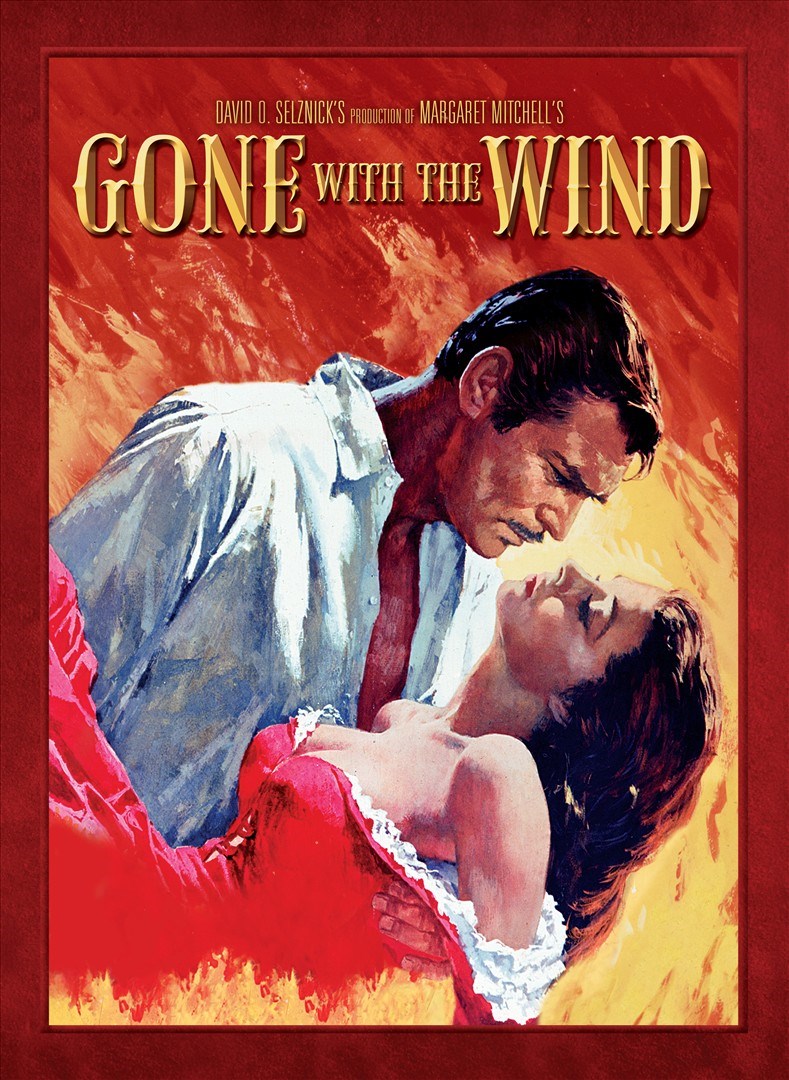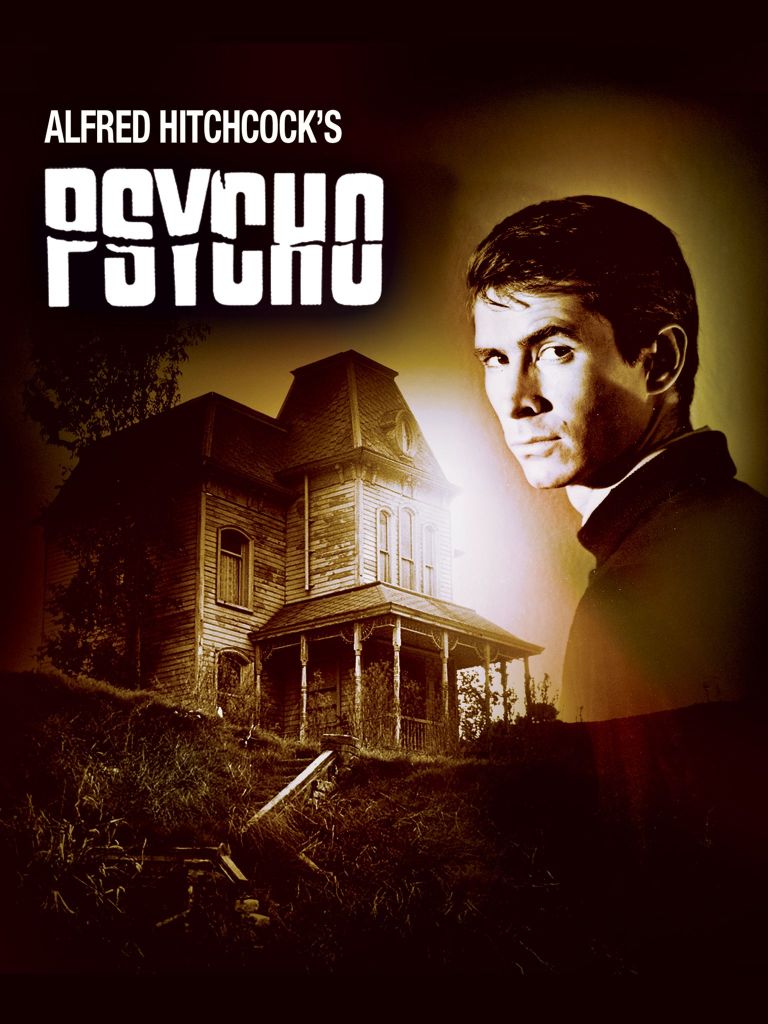Romance is not only one of the most popular, but also most diverse genres (except when watching Hallmark movies). There are so many different tropes, complex characters, and conflicting storylines. Romance entertains and intrigues, but is it possible to get tired of reading or watching the same story? Maybe the movie is too long or the book has too many pages with extremely small print. Gone with the Wind presents this problem, running three hours and forty-two minutes long in movie form, and the book is just over one-thousand pages. How could a love story possibly have enough enticing material to fill up all those minutes and pages?
Granted I have not read the book, but I did watch the movie. The movie took two days to finish; I basically divided it up into two two-hour blocks. The movie is based in the early 1860s before, during, and after the Civil War. Scarlett O’Hara is a young and beautiful boy magnet who lives in upper class Georgia. She claims to be in love with one man but marries his brother-in-law to make him jealous. Even though the man she is in love with is already married to her husband’s sister. It is complicated…I know; that is just a taste for what is to come.
Rhett Butler is a wealthy bachelor with a degree in womanizing. He meets Scarlett and almost instantly falls in love. Scarlett does not make it easy for him, not one bit. Gone with the Wind is such a unique and addicting love story because of how both main characters are not traditional protagonists. In fact, I hate Scarlett O’Hara. I think she is selfish, mean, and naïve. Rhett Butler, although he becomes likable towards the end, is also selfish and mean. Their relationship is toxic, but it works. This goes against all odds. The two characters have so many red flags combined that their relationship is actually good for both of them. The entire movie thrives on character development and tension. The movie bleeds detail, making it different from most movies in today’s world.
Now to answer the question: yes, the story is worthwhile. Maybe just one time, but watching the movie one time will leave its victim heartbroken and contemplating everything they once knew about love and romance. Although the characters are annoying and terrible people, their destructive nature is captivating. Every minute of the movie shows how people are dynamic, in good ways and in bad ways. This movie is not some cheesy, unrealistic happy ever after. There is conflict upon conflict. Plain and simple, the movie is fun to watch. Gone with the Wind draws out all sorts of emotion, and in my opinion, that is the best kind of entertainment.
Who Should Watch This Movie?
I find it hard to recommend this movie to a narrow audience. Gone with the Wind has violence, romance, and loads of drama, so if any of these genres interest you, you will at least find something to enjoy when watching this movie.
Who Should Not Watch This Movie?
Traditional romance lovers will have a hard time watching Gone with the Wind. I do not mean that they will not enjoy watching the movie, but they will dislike it. I know that does not make much sense, but think of an extremely gut wrenching and sad movie that is really good. Gone with the Wind is one of those. So, if you are looking for a happy and lighthearted Friday night; this movie is not for you.
Gone with the Wind is available at the Logos in both book and film form.
Lindsey Norwood’s reviews reflect her personal opinions and not necessarily those of the library or university.


